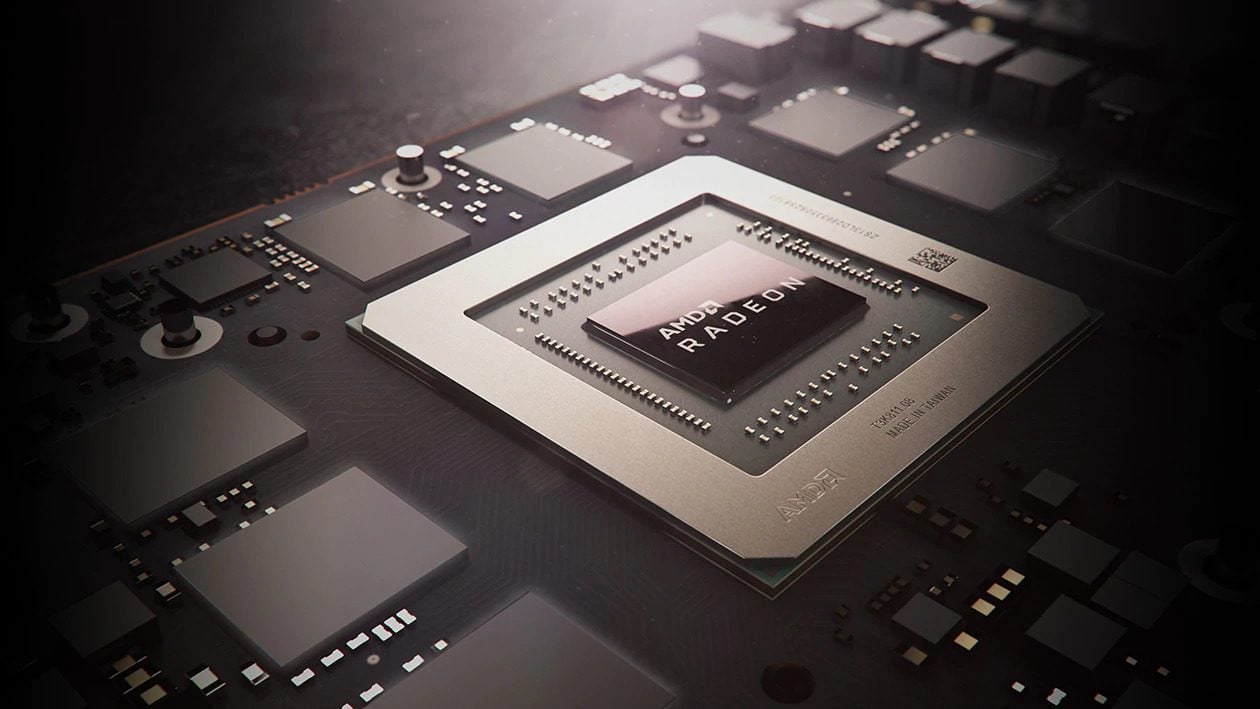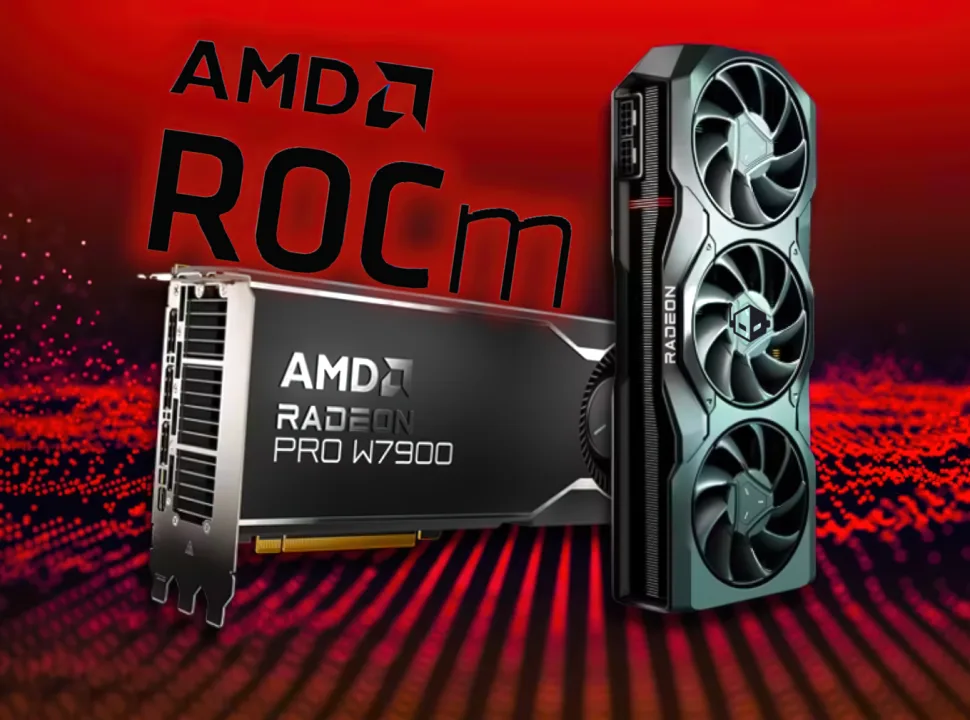The Red team launched the revolutionary Zen-based CPUs with a brand new architecture that used a chiplet design. It is this approach that helped AMD to make powerful CPUs with an efficient fabrication process like 12nm, 7nm, and eventually 5nm as well.
But when it comes to GPUs, over the years, we are not getting anything exciting from AMD and there are a lot of hopes with the upcoming RDNA 3 architecture. AMD is having a hard time when it comes to high-end GPUs, wherein NVIDIA is getting chunks of market share.
So, according to the tipster @KOMACHI_ENSAKA, the RDNA 3 graphics cards will feature GCDs (graphics complex dies) and MCDs (memory complex dies) as the key functional units. The nomenclature strongly suggests that is a Navi 31 GPU and it is the RDNA 3 architecture on which it’s based on is a chiplet-based design, unlike existing monolithic GPU architectures.
Obviously, this kind of approach has it’s consequences because due to this chiplet-based solution, there can be latency between the GPU die and the memory. So, if somehow AMD addresses this issue and makes things smooth as they did with Zen architecture, people might actually get high-performance GPU’s at low prices.
As Notebookcheck rightfully points out a chiplet-based GPU with small individual components could stack efficiently, this will help to deliver almost 2-3 times the performance of the top-end Navi parts out currently, without affecting the prices much, which have been traditional.
However, not only AMD but also Intel and NVIDIA are too working on chiplet-based GPU designs. In the coming years, we will see these tech giants going for this approach to reduce costs and increase performance to keep gamers happy.
Do check out:
😎TechnoSports-stay UPDATED😎








